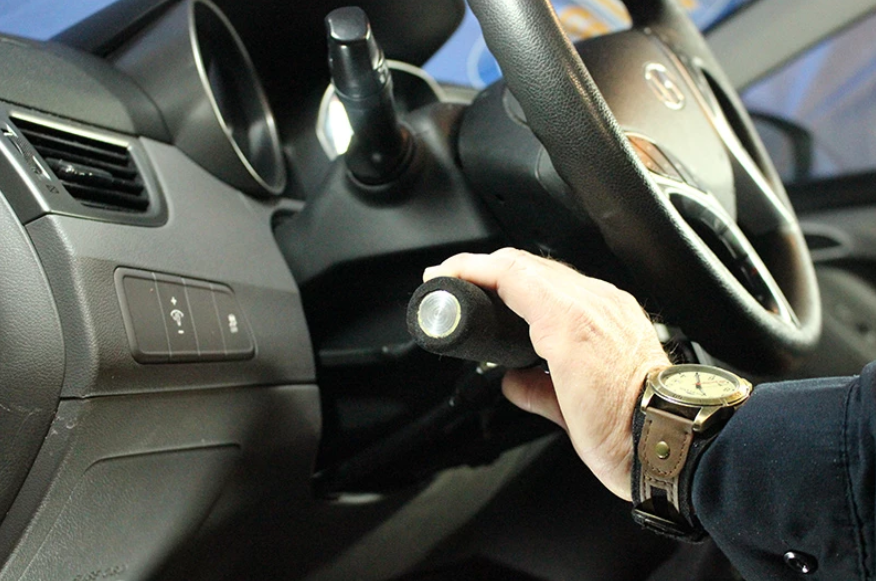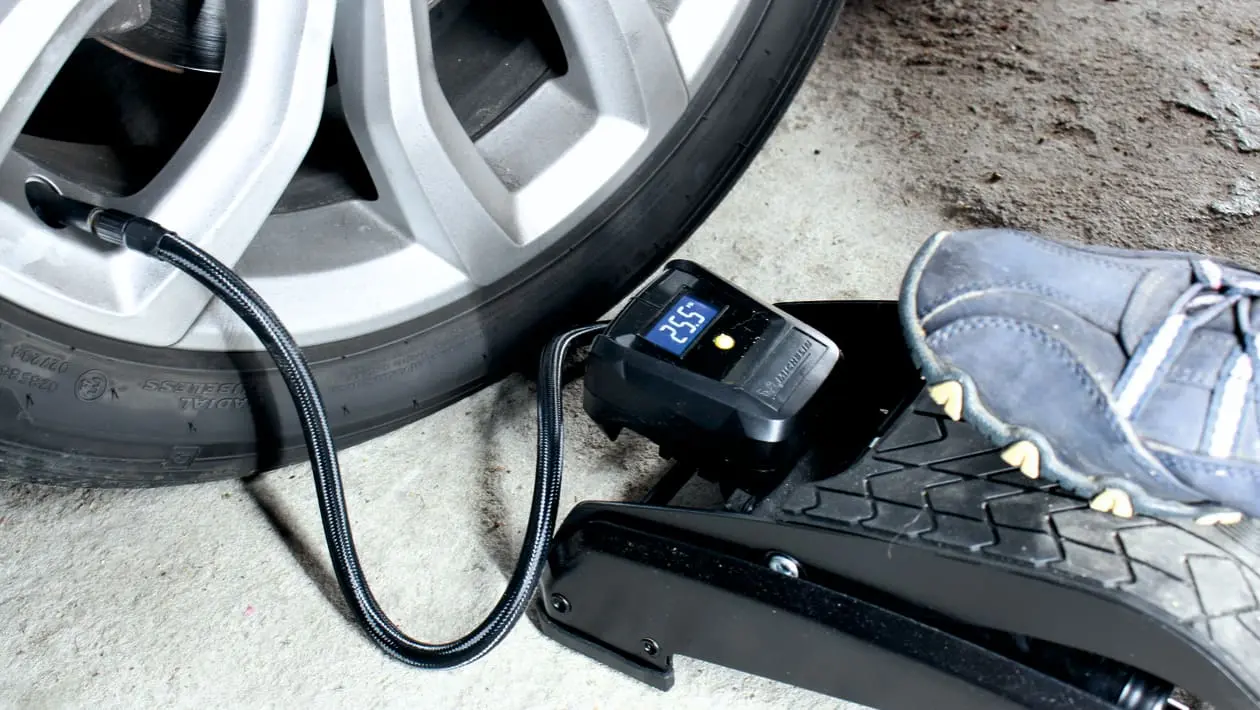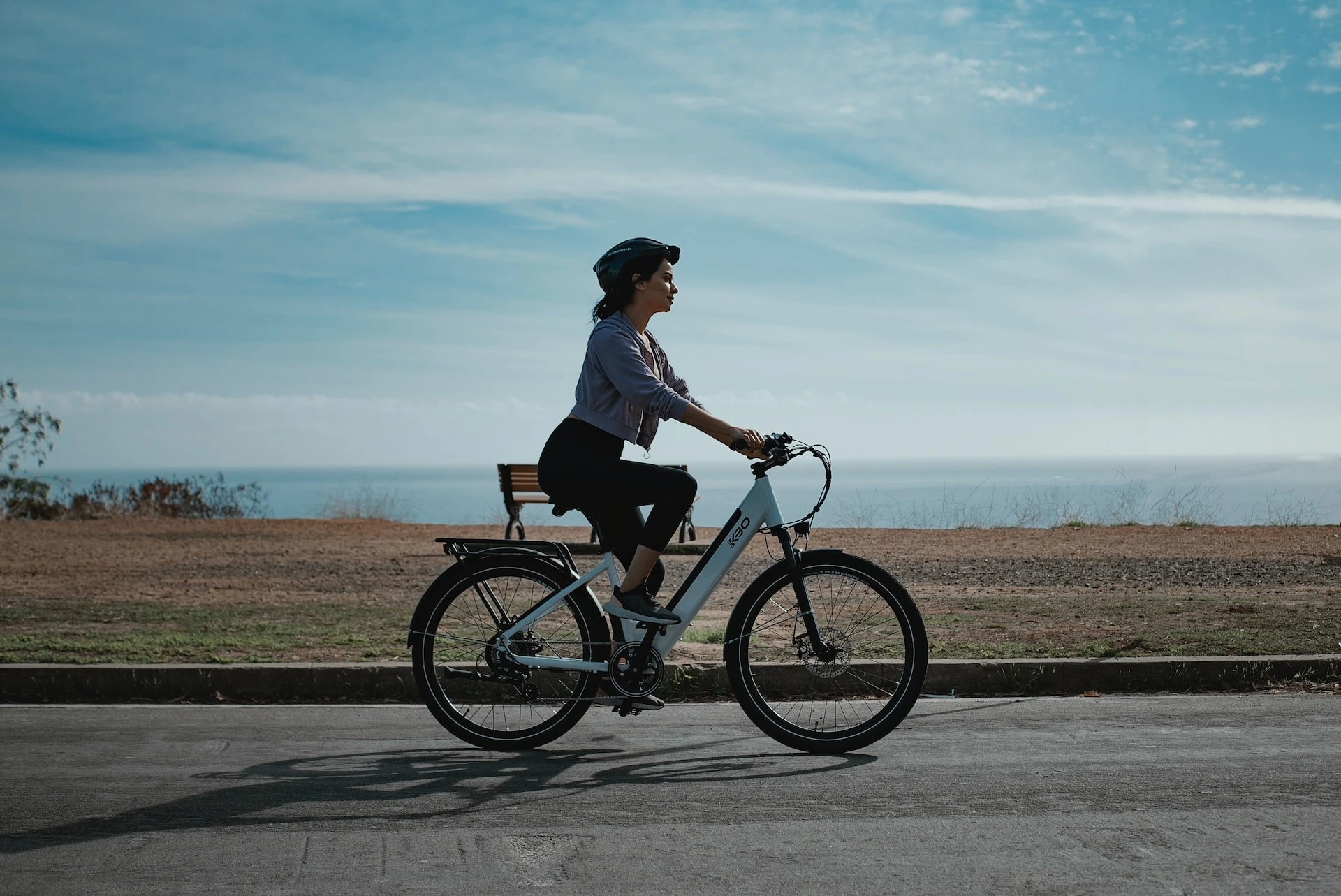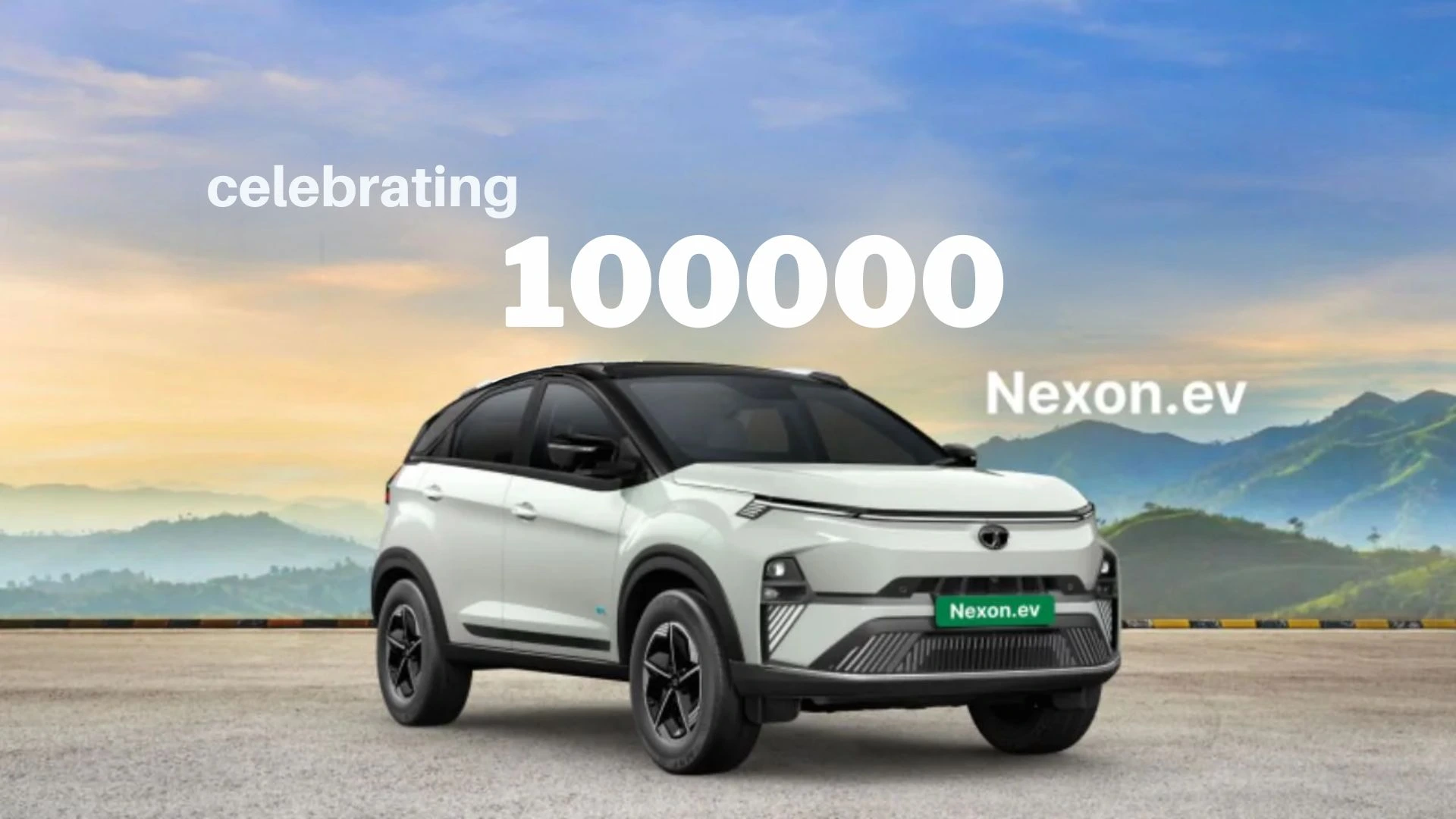Introduction: In the realm of automotive innovation, hand controls for cars stand out as a pivotal development, empowering drivers with physical disabilities to enjoy the freedom of the open road. These adaptive devices enable individuals with limited or no use of their legs to operate a vehicle safely and efficiently. Let's explore the various types of hand controls, their benefits, and the key considerations for anyone looking to equip their car with these essential tools.
Types of Hand Controls
-
Push/Pull Hand Controls:
- Description: The most common type, where the driver pushes the control to brake and pulls it to accelerate.
- Usage: Ideal for drivers who require a straightforward mechanism to manage speed and braking.
- Benefits: Simple to use, widely available, and can be installed in most vehicles.
-
Push/Right Angle Hand Controls:
- Description: The driver pushes the control forward to brake and moves it downward at a right angle to accelerate.
- Usage: Suited for those who prefer a different range of motion compared to the push/pull system.
- Benefits: Offers an alternative ergonomic option, reducing strain on the driver’s arm.
-
Push/Twist Hand Controls:
- Description: Similar to a motorcycle throttle, the driver pushes the control to brake and twists it to accelerate.
- Usage: Preferred by drivers who are familiar with motorcycle controls.
- Benefits: Provides a natural and familiar interface for motorcycle enthusiasts transitioning to cars.
-
Electronic Hand Controls:
- Description: Utilizes electronic signals to control the car’s acceleration and braking, often integrated with other vehicle controls.
- Usage: Suitable for high-tech vehicles and drivers looking for a seamless driving experience.
- Benefits: Highly customizable and can be adapted to suit various levels of physical ability.

Benefits of Hand Controls for Cars
- Enhanced Independence: Hand controls enable drivers with disabilities to operate a vehicle independently, fostering a sense of autonomy and freedom.
- Increased Mobility: These devices open up new opportunities for travel, commuting, and social activities, improving overall quality of life.
- Safety: Modern hand controls are designed with safety in mind, ensuring reliable operation and reducing the risk of accidents.
- Adaptability: With various types of hand controls available, drivers can choose the system that best suits their physical needs and driving preferences.
- Vehicle Compatibility: Hand controls can be installed in a wide range of vehicles, from compact cars to larger SUVs, making them accessible to many drivers.
Key Considerations for Installing Hand Controls
- Professional Installation: It’s crucial to have hand controls installed by a certified professional to ensure they are fitted correctly and safely.
- Vehicle Selection: Not all vehicles are compatible with all types of hand controls. Consulting with a specialist can help in selecting the right vehicle.
- Training: Drivers new to hand controls should undergo proper training to become accustomed to the new driving method.
- Maintenance: Regular maintenance of hand controls is essential to ensure they remain in good working condition and to address any wear and tear.
- Legal Requirements: Be aware of any local laws or regulations regarding adaptive driving equipment to ensure compliance.
Conclusion
Hand controls for cars represent a significant advancement in automotive accessibility, providing drivers with disabilities the means to drive independently and safely. By understanding the different types of hand controls and their benefits, as well as the considerations for installation and use, drivers can make informed decisions to enhance their mobility. Whether it's for commuting, travel, or simply enjoying the freedom of the road, hand controls are a vital tool in empowering drivers and promoting inclusivity in transportation.
Also Read: Electric Air Pump for Cars vs. Manual Pump: Which is Better for Your Car?







_1766570474.webp)

_1766557873.webp)
_1766486282.webp)